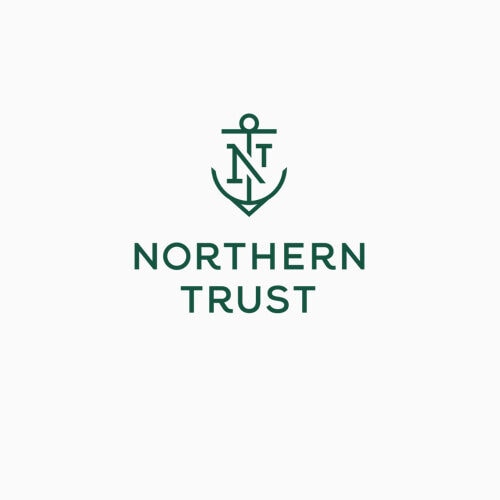Marketers, by our nature, look for signals, patterns, and trends to locate clients to market to online. Naturally, for most audiences, it isn’t too difficult to identify an online community with purchasing power.
However, in the private wealth industry, we might easily extend the common refrain “If you’ve met one family office, you’ve met one family office” to quip “if you’ve met one family office community, you’ve met one family office community”.
There’s a great deal that has been written about the digital transformation taking place within family offices – and for good reason. However, there is far less literature around the transformation of family office community and online behaviour, and how we can expect that to shift along with generational mindsets and digital persuasions. Additionally, developing trust in this market is vital – which often takes more time than marketers can be given.
Typically, family offices (as an industry) are difficult to reach online. The inherent privacy of wealth owners, the relative digital savvy of principals, and the myriad backgrounds and interests of each respective office make the family office segment a nebulous one at best. In fact, it’s entirely possible to argue that we’re only at the beginning of what could be a well-defined family office segment for marketers to tap into.
As this online cohort takes shape – and as we work at Simple to better connect a disparate industry – I’d propose and encourage service providers and industry experts to take an agile, design-thinking approach when creating strategies and tactics to engage the family office segment online. Taking gradual processes, refining segments and associated messaging, and building trust through key steps and engagements are key.
Marketing design processes
Just as design thinking focuses on understanding and addressing the needs of clients, ensuring that every touchpoint is optimised for their satisfaction, a marketing design process involves the following stages:
- Research: Gathering insights about clients through various methods such as interviews, surveys, and observations.
- Ideation: Generating ideas and solutions based on the research findings.
- Prototyping: Creating tangible representations of the ideas to test and refine them.
- Testing: Collecting feedback from clients to further improve the solutions.
We rounded up a few companies that you might find interesting.
Starting with marketing research
As millennials and younger generations increasingly step up into principal or leadership positions within family offices, it’s important to remember that the private wealth industry isn’t cast in stone. For that purpose, marketing initiatives should consider that family offices themselves are a moving target with evolving attitudes, and accordingly, audience segmentations should not just capture the current needs of a family office, but where these are likely to evolve.
To disambiguate, three key steps to follow are:
- Start researching: Fortunately, there’s no shortage of great family office industry data. When developing their strategy, marketers should consider axes of geography and relocation, generational mindset and transition, and current trends and future needs.
- Develop transitional personas: With research in place, the next item to consider is transience. With findings on geography, marketers could evaluate the likely paths for family offices to relocate (such as from the Europe to the United Arab Emirates) or similarly explore what generational mindsets are likely to fall away (such as private asset management to public philanthropy, and venture capital investment).
- Map the family office journey: Within the next 10 years, identifying these transitional signals can be key to consider how family offices will interact with new services and opportunities; including classic awareness, consideration, decision-making, and post-engagement phases.










